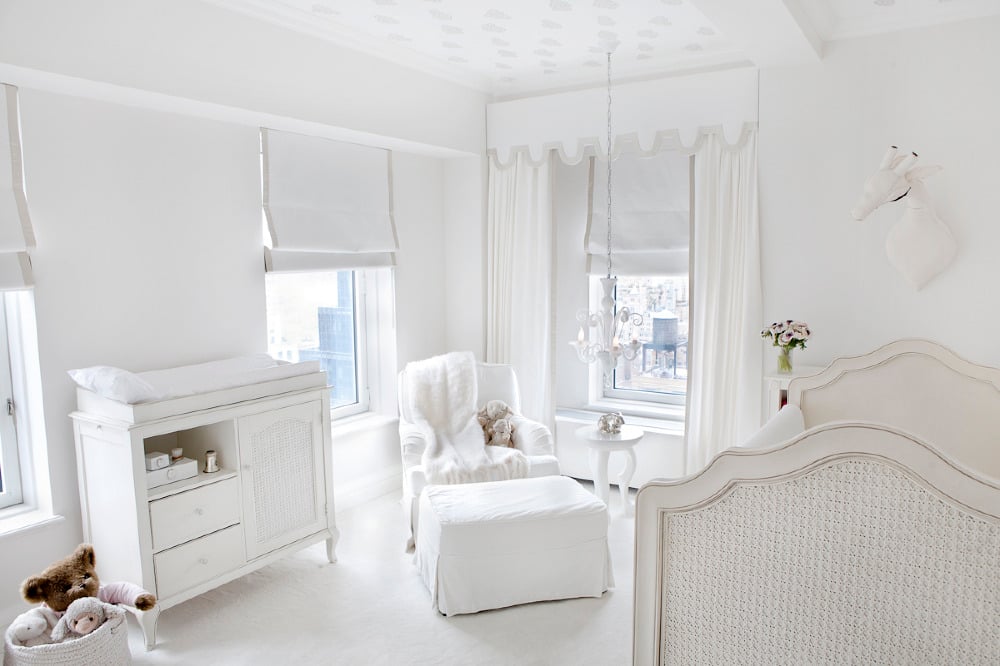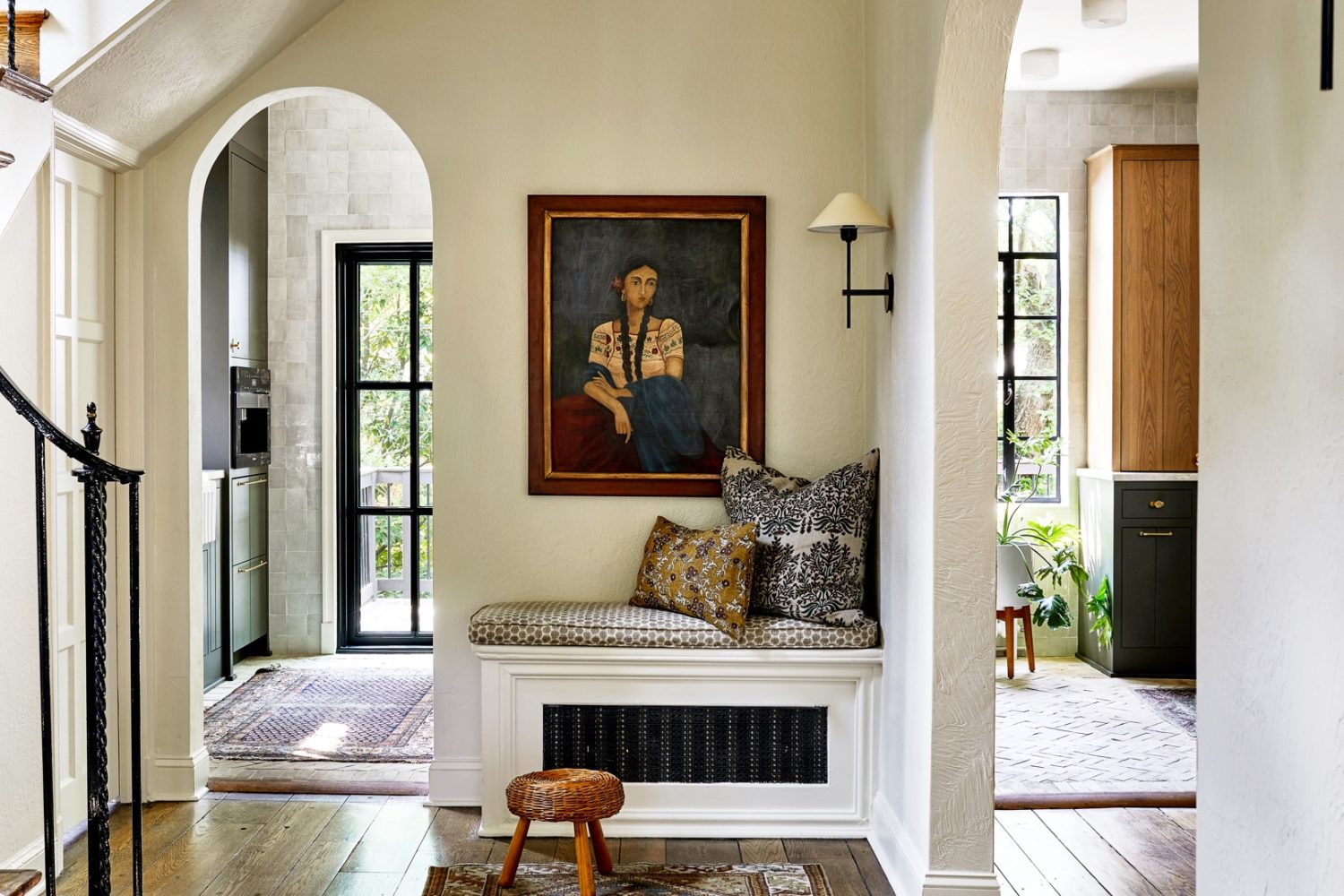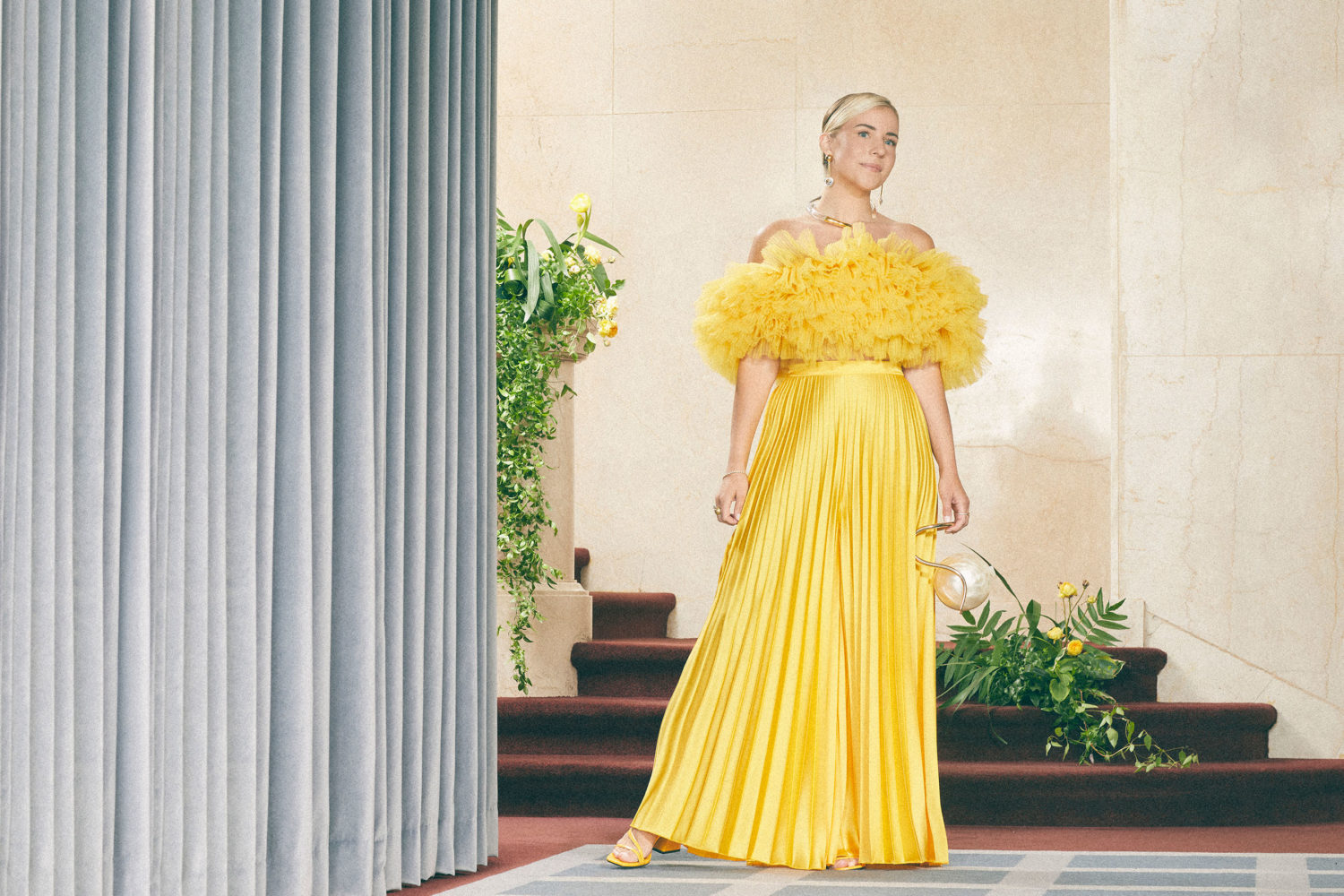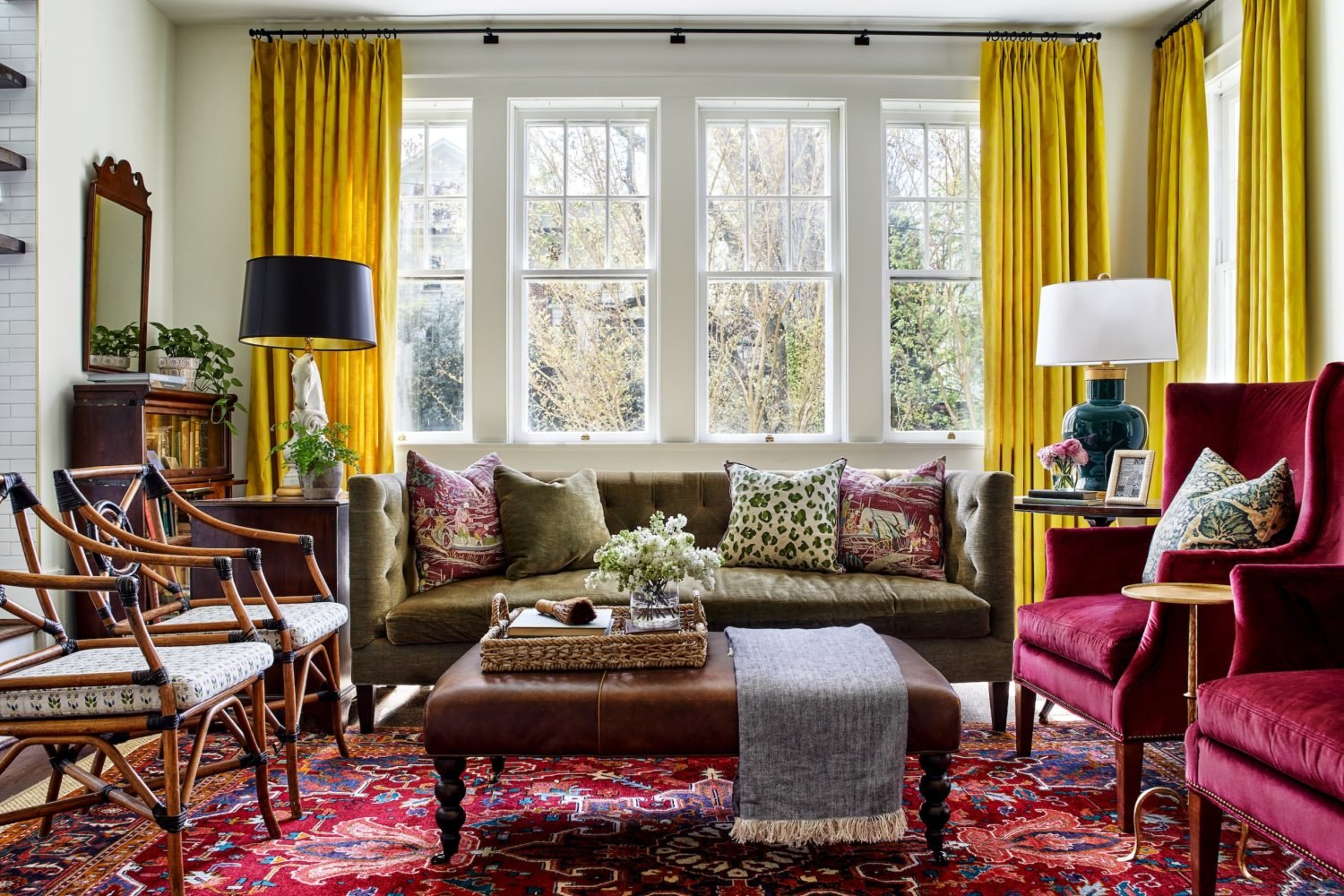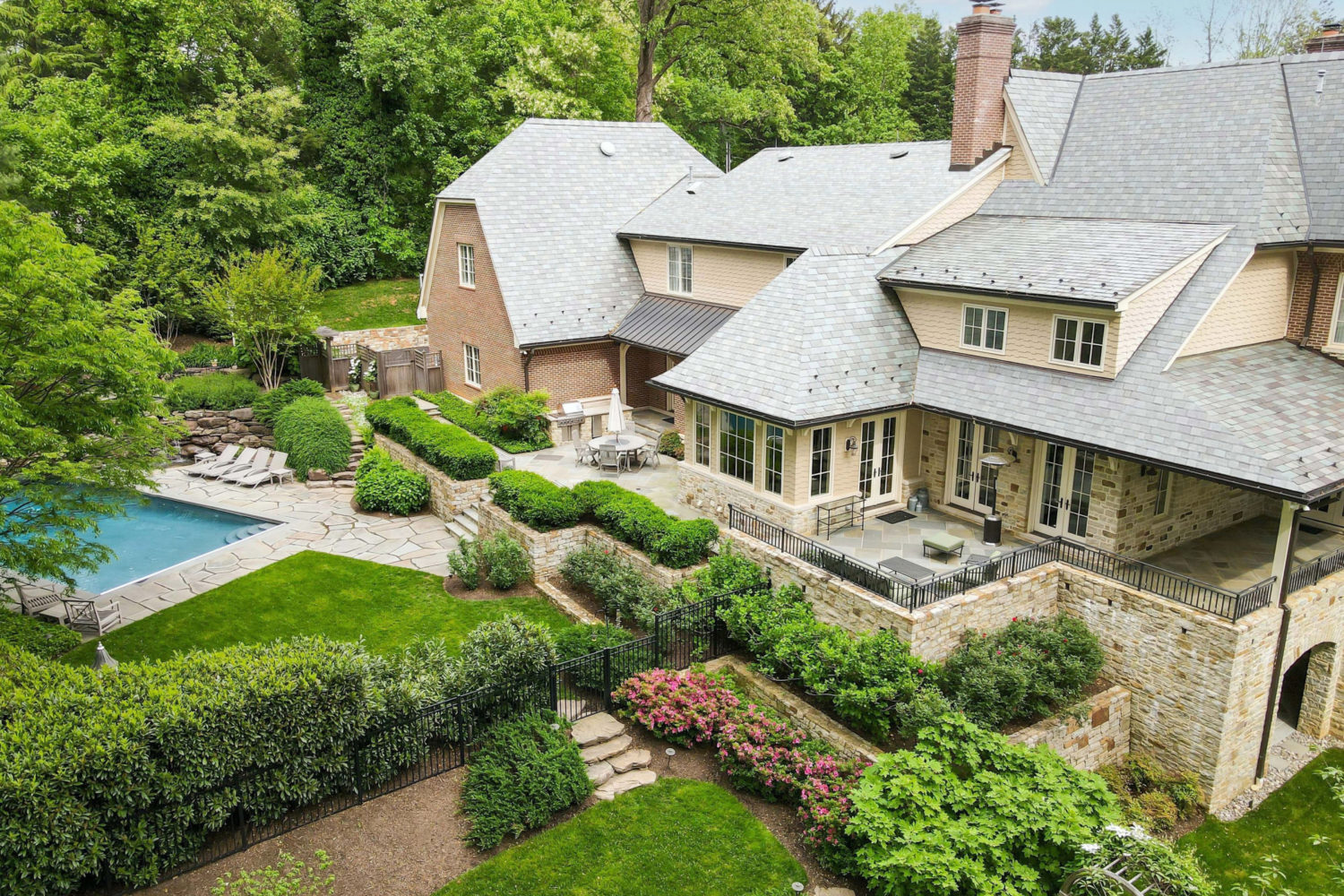I’m 21 weeks along in my first pregnancy and I’d like to say my mania for examining other people’s nursery decor is strictly practical—my baby will need someplace to sleep and why not make the space enjoyable? But in reality, I’ve been a frequent visitor to the mommy blogs and design sites that churn out charmingly askew baby bookshelves and just-so stuffed animal arrangements for years. It’s fascinating, this art of readying a space for a human who won’t understand or appreciate it: as a part of the infamous “nesting phase” the act of hanging a curtain or lining up baby shoes keeps the parent-to-be involved in creating a hospitable environment for his or her newborn.
But like all things design-oriented (see: weddings, engagement shoots, baby gender reveals) nursery decorating has now moved from reasonable to excessive, from “something nice to do before the baby comes” to “opportunity to show the world that I’m going to be a stylish parent.” Imagine the addition-necessitating, exceptionally beribboned, FAO Schwartz-esque nursery revealed at the end of Father of the Bride Part II. That’s what pops up in your feed on a daily basis if you follow these things.
[pin_widget url=”https://www.pinterest.com/pin/91620173646863520/” width=”large”]
This nursery, for instance, features $1,500 custom-built cabinetry and wallpaper that costs $175 per roll. This bad boy takes things even further with De Gournay silk chinoiserie wallpaper that doesn’t even come with a price tag, a lucite crib, a light fixture that was apparently a “deal” at $1,800, and a $1,000 Milo Baughman rocking chair. They’re both stunning rooms. But they also cost as much to decorate as some people pay for a small car.
Of course, the haves will always find new and exciting ways to spend money, and the design-obsessed can justify expenses like these as an aspect of their hobby or passion. Which is fine by me. I’ve certainly spent my fair share of money on hand-thrown ceramic mugs that provide no purpose except to make me feel like I’m enjoying my afternoon tea in a Kinfolk photo shoot.
But the rise of the all-white nursery is another thing altogether. White walls, white cribs, white rockers, white sheets, white dressers—and even white rugs—all in one room.
[pin_widget url=”https://www.pinterest.com/pin/471541023469141936/” width=”large”]
[pin_widget url=”https://www.pinterest.com/pin/190980840424793243/” width=”large”]
[pin_widget url=”https://www.pinterest.com/pin/5418462023988149/” width=”large”]
I wish I could blame this trend on first-time parents who simply don’t know what lies in store when they bring home their automated vomit machine. But there are simply too many China White, Cotton, and Lily of the Valley-colored baby bedrooms rotating around the internet to support that idea. Parents are choosing all-white decor because they see their future human’s bedroom as an extension of their outer selves, as a gateway to understanding that they are not simply parents, they are inspired, creative, aesthetically savvy who are ushering their children into a special kind of domestic bliss.
This is, in a word, foolish.
There’s a daybed currently parked in what will be my baby girl’s bedroom. It happens to be white because six years ago it seemed reasonable to purchase such an item. (It wasn’t. The daybed is now filthy.) The daybed desperately needs to be re-covered while we convert the spare room from storage to youngling habitat. But in the course of deciding exactly what to do with the piece—upholstery ain’t cheap—I realized that it will basically become a giant baby barf receptacle, or a vast baby poo canvas, if you will.
[pin_widget url=”https://www.pinterest.com/pin/320670435943499299/” width=”large”]
And yet that knowledge does not stop parents from kitting out the room of a small human who is born knowing how to do only a few fundamental physical tasks—three of which involve spewing colored matter from their bodies—as if they’ve been tasked with designing the inside of the Hirschhorn. Ecru gliders are prime real estate for the sticky, bad-egg-smelling yellow vomit of newborn babies. The wispy ends of long blanc de chine curtains make perfect groping points for the pinkish, taffy-like substance that seems to coat toddler’s hands at all times. I shudder at what viscous materials could become permanently ground into the long fibers of a snowy Flokati rug.
[pin_widget url=”https://www.pinterest.com/pin/569705421595497984/” width=”large”]
Designing a bright, light-filled room often necessitates the use of white. And especially for couples unsure of their baby’s sex, white walls might provide an easy backdrop for other gender-neutral decor. But in a layered nursery complete with a purposely tossed sheepskin, white isn’t a supporting color, it’s a message.
The all-white nursery is a signifier that proclaims that childcare is a pristine activity, easily controlled and corralled. It sets up the unreasonable expectation that parenthood is all serene hushing and swaddling. It defines who the parent wants to world to see, not who they’re bringing into the world.

